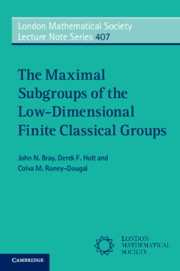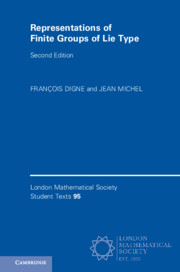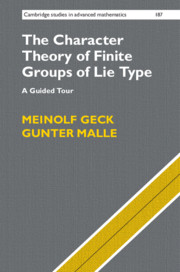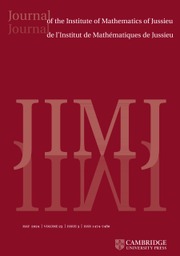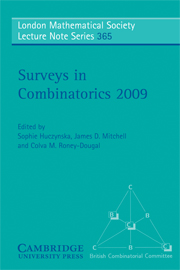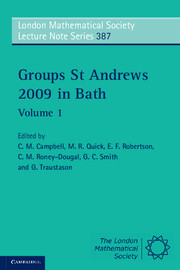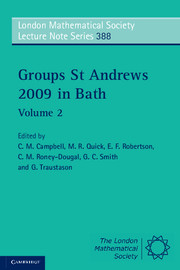The Maximal Subgroups of the Low-Dimensional Finite Classical Groups
This book classifies the maximal subgroups of the almost simple finite classical groups in dimension up to 12; it also describes the maximal subgroups of the almost simple finite exceptional groups with socle one of Sz(q), G2(q), 2G2(q) or 3D4(q). Theoretical and computational tools are used throughout, with downloadable Magma code provided. The exposition contains a wealth of information on the structure and action of the geometric subgroups of classical groups, but the reader will also encounter methods for analysing the structure and maximality of almost simple subgroups of almost simple groups. Additionally, this book contains detailed information on using Magma to calculate with representations over number fields and finite fields. Featured within are previously unseen results and over 80 tables describing the maximal subgroups, making this volume an essential reference for researchers. It also functions as a graduate-level textbook on finite simple groups, computational group theory and representation theory.
- Results are listed in clear and concise tables, easy to use and cite
- Some results presented within are not previously known
- Brings together information on analysing representations of quasisimple groups into one comprehensive source
Reviews & endorsements
'The study of the maximal subgroups of the finite classical groups started long ago. Their understanding has been crucial in the work on the classification of finite simple groups. The methods [in this book] efficiently combine theoretical techniques together with computer algebra systems (GAP, Magma), with the computational files available [online] … The theoretical literature on the subject is highly exploited, especially Aschbacher's results which describe the maximal subgroups of most of the finite almost simple classical groups … The tables are packed with a great amount of information, and should satisfy the reader who is looking for some specific information about the structure of the maximal subgroups of a given classical group.' Nadia P. Mazza, Mathematical Reviews
Product details
July 2013Paperback
9780521138604
452 pages
228 × 152 × 23 mm
0.64kg
100 tables 20 exercises
Available
Table of Contents
- Preface
- 1. Introduction
- 2. The main theorem, and types of geometric subgroups
- 3. Geometric maximal subgroups
- 4. Groups in class S: cross characteristic
- 5. Groups in Class S: defining characteristic
- 6. Containments involving S-subgroups
- 7. Maximal subgroups of exceptional groups
- 8. Tables.

